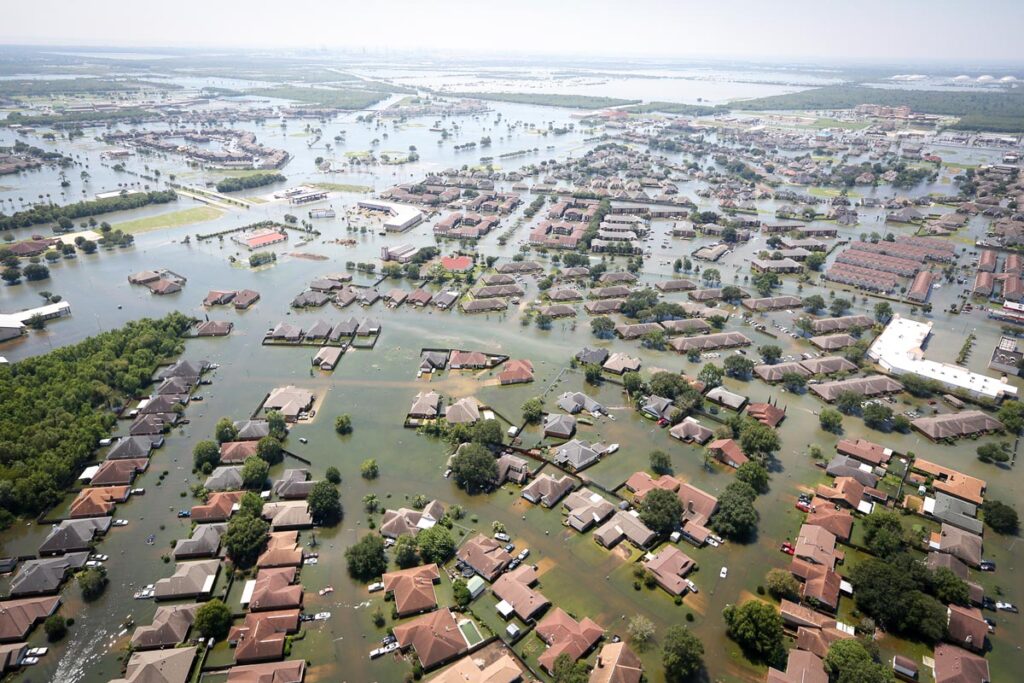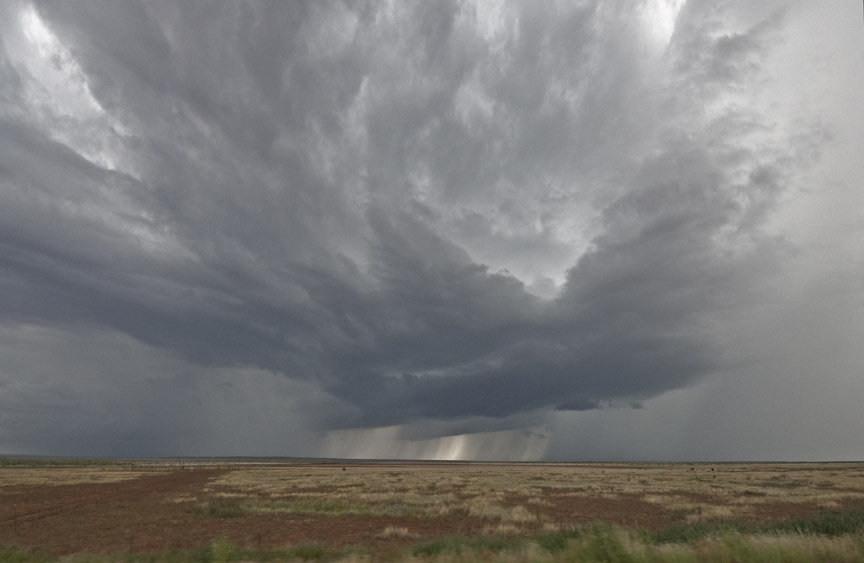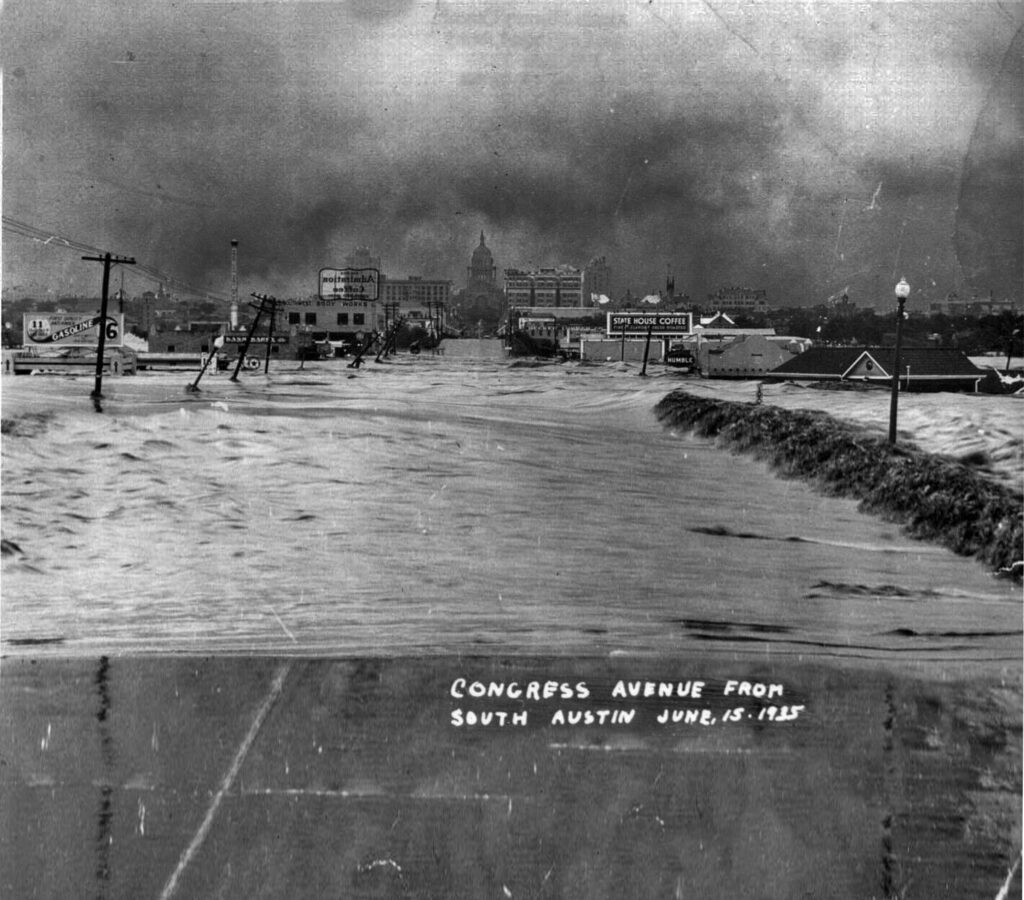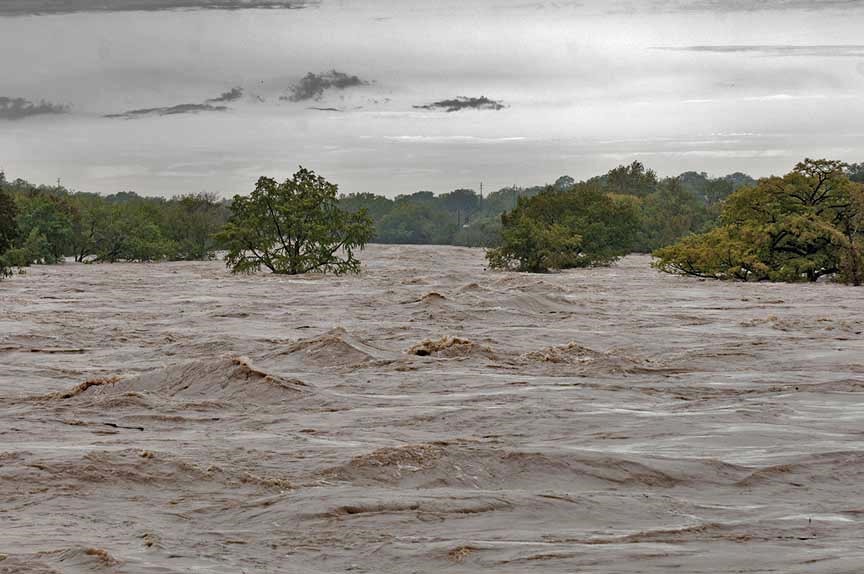
Image: Lakeway City Park on Lake Travis, 2011 Drought of Record, elevation approximately 630. The elevation for February 2024 was 631.34. 2023’s Heat Cost Texas $24 Billion First published at the Dallas Federal Reserve by Jayashankar et al., on October 18, 2023 Note: The National Oceanic and Atmospheric Administration’s (NOAA) Billion Dollar Weather Events…

















